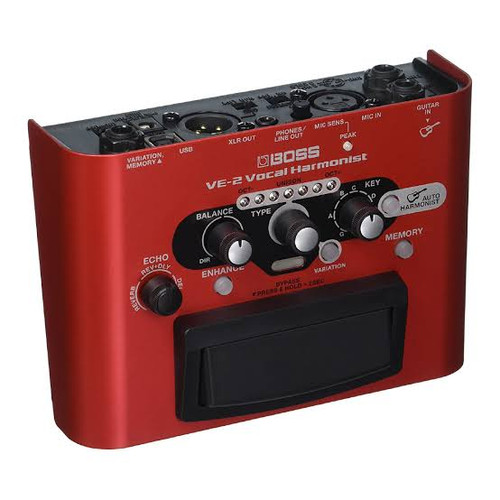Product Overview
The Electro-Voice PL24S is a professional-grade supercardioid dynamic microphone designed to capture the character of both voice and instrument in live sound applications.
With its balanced frequency response, the PL24’s sonic performance is robust and articulate and delivers all around vocal clarity in any live sound situation. The enhanced isolation provided by its supercardioid polar pattern is an excellent defense against system feedback and cross-talk bleed emanating from other nearby sound sources. The result is higher gain before feedback and cleaner stage mixes.
Although designed to be a vocal microphone for music and spoken word, the PL24 will also function well as an instrument or amplifier microphone where a dynamic element capsule would be desired.
Specifications:
- Weight Net: 10.37oz (294g)
- Audio Frequency Response: 80 Hz - 16,000 Hz
- Case Material: Die cast zinc
- Connector Type: 3-pin XLR
- Element: Dynamic
- Finish: Textured Satin Black
- Impedance, Low-Z balanced: 600?
- Maximum SPL: > 140dB
- Mic Type: Handheld
- Open Circuit Voltage: 2.2mV/Pascal
- Polar Pattern: Supercardioid
- Power Requirement: Passive
- Accessories Included: Stand adapter with Euro-thread insert & Soft zippered gig bag
Application Notes
As with most directional microphones, the low frequency response of the PL24 microphone varies with the distance from the sound source. Known as “proximity effect”, the bass response of the microphone increases as the working distance to the microphone is reduced. This “bass boost” is only audible when working at distances closer than 6 inches. Using this microphone at distances greater than 6 inches provides minimal coloration from proximity effect.
Proximity effect can be used to your advantage when a thin voice is being recorded. As the vocalist decreases their working distance to the microphone, the low frequency content is enhanced. Close-up positioning of the microphone will also reduce the potential for feedback from the sound reinforcement system. When close-talked, the bass-boost provides an increase in overall microphone output level. The mixer gain may be proportionately reduced, resulting in a reduction of the system’s sensitivity to feedback caused by the sound entering the microphone from the loudspeakers.







